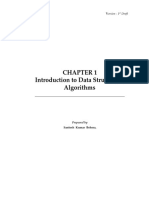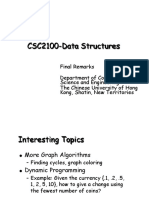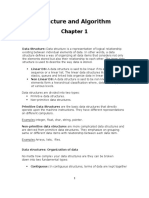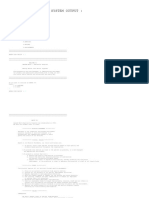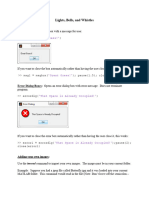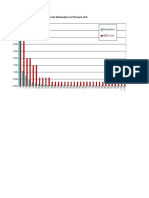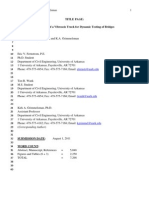0% found this document useful (0 votes)
40 views31 pagesCPCS204 06 or Last AlgorithmAnalysis
The document discusses algorithm analysis and complexity classes. It introduces common complexity classes like constant (O(1)), linear (O(n)), quadratic (O(n^2)), and exponential (O(2^n)) time. It provides examples of problems that fall into each category, like finding the minimum of a sorted list taking constant time. The document also formally defines Big-O notation to approximate the time an algorithm takes based on the highest order term as the problem size increases.
Uploaded by
معتصم الكاملCopyright
© © All Rights Reserved
We take content rights seriously. If you suspect this is your content, claim it here.
Available Formats
Download as PPTX, PDF, TXT or read online on Scribd
0% found this document useful (0 votes)
40 views31 pagesCPCS204 06 or Last AlgorithmAnalysis
The document discusses algorithm analysis and complexity classes. It introduces common complexity classes like constant (O(1)), linear (O(n)), quadratic (O(n^2)), and exponential (O(2^n)) time. It provides examples of problems that fall into each category, like finding the minimum of a sorted list taking constant time. The document also formally defines Big-O notation to approximate the time an algorithm takes based on the highest order term as the problem size increases.
Uploaded by
معتصم الكاملCopyright
© © All Rights Reserved
We take content rights seriously. If you suspect this is your content, claim it here.
Available Formats
Download as PPTX, PDF, TXT or read online on Scribd
/ 31











